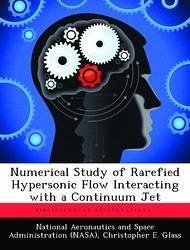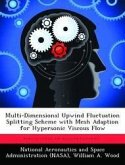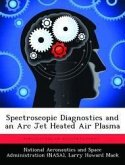An uncoupled Computational Fluid Dynamics-Direct Simulation Monte Carlo (CFD-DSMC) technique is developed and applied to provide solutions for continuum jets interacting with rarefied external flows. The technique is based on a correlation of the appropriate Bird breakdown parameter for a transitional-rarefied condition that defines a surface within which the continuum solution is unaffected by the external flow-jet interaction. The method is applied to two problems to assess and demonstrate its validity; one of a jet interaction in the transitional-rarefied flow regime and the other in the moderately rarefied regime. Results show that the appropriate Bird breakdown surface for uncoupling the continuum and non-continuum solutions is a function of a non-dimensional parameter relating the momentum flux and collisionality between the two interacting flows. The correlation is exploited for the simulation of a jet interaction modeled for an experimental condition in the transitional-rarefied flow regime and the validity of the correlation is demonstrated. The uncoupled technique is also applied to an aerobraking flight condition for the Mars Global Surveyor spacecraft with attitude control system jet interaction. Aerodynamic yawing moment coefficients for cases without and with jet interaction at various angles-of-attack were predicted, and results from the present method compare well with values published previously. The flow field and surface properties are analyzed in some detail to describe the mechanism by which the jet interaction affects the aerodynamics.
Hinweis: Dieser Artikel kann nur an eine deutsche Lieferadresse ausgeliefert werden.
Hinweis: Dieser Artikel kann nur an eine deutsche Lieferadresse ausgeliefert werden.








